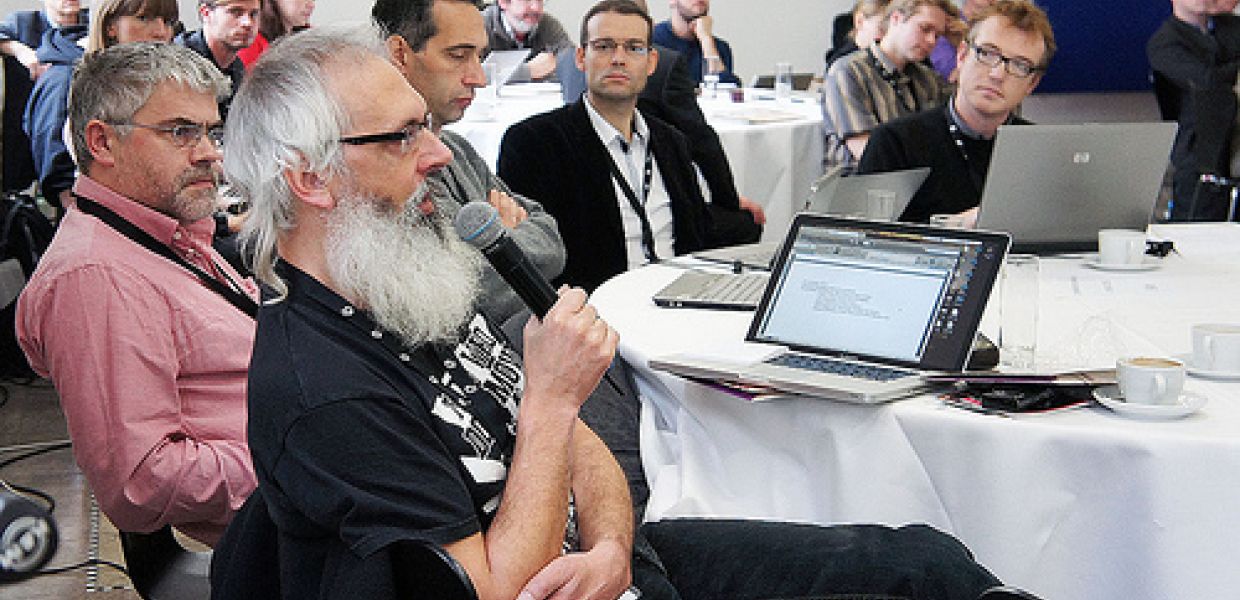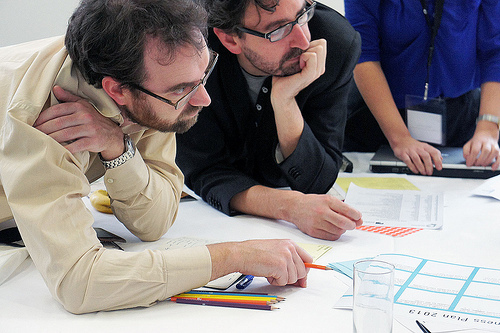Europeana Network coming of age

By Henning Scholz, Europeana Network Coordinator.
Since it first came into being, Europeana has sought to represent the views of its members. The first members’ grouping was called Thematic Network Members. In October 2009, the Council of Content Providers and Aggregators (CCPA) was formed to represent the voice of all institutions providing data to Europeana. Six members of this council were elected to the Europeana Foundation Board to represent the main cultural domains contributing to Europeana. In its first two years, the CCPA grew to include representatives of about 250 contributors to Europeana, not just content providers and aggregators. To accommodate these changes, the CCPA was transformed into the Europeana Network during the Annual General Meeting in December 2011 in Rotterdam. Since then, the Network has grown significantly, both in quantity and scope of sectors.
We have now reached a total of 800 Europeana Network members, achieving the goal set out in the Europeana Business Plan 2013 two months early. This great success is not just about numbers: the Europeana Network includes a growing number of active members that are engaged in Task Forces, the Aggregator Forum or the Europeana Tech community.
The Europeana Tech community is a very good example of the extension of the Network, taking it beyond content providers and aggregators while operating for their benefit. About 20% of the entire Network are scientists and researchers that collaborate with data providers, for example in Task Forces. The display of hierarchical objects in Europeana was designed in just such a Task Force, based on the needs of data providers. This new feature is now due to be implemented in Europeana.
Also, the increasing representation of the creative industries in the Europeana Network is becoming more and more important and demonstrates the value of content providers and aggregators opening up their data. The Open Culture app is a good showcase of this and more examples of creative use of the dataset are currently being developed in the Europeana Creative project.

Europeana Network at the last AGM in Berlin (November 2012)
Recently, the Europeana Network played a very important role in supporting the future funding for Europeana. The first part of the #AllezCulture campaign before summer 2013 was a great success. The petition launched on 21 June closed a month later with more than 7,000 signatures. On Twitter, we reached over 9 million accounts with about 4,000 tweets for #AllezCulture. This demonstrates the huge support Europeana has outside the office in The Hague. This also demonstrates that it is possible to raise your voice and make it heard, to shape the future of the sector – one of the main reasons to engage with the Network. One of the most recent members of the Europeana Network is Cosmina Berta from the German Digital Library who recognises the Europeana Network as ‘the perfect platform to share information and develop synergies and also to voice your views in a constructive way’. If you haven’t yet joined the Network, signing up is very easy, just fill in the registration form on Europeana Professional.

Europeana Network at the last AGM in Berlin (November 2012)
We are now getting prepared to set the future strategies and plans of the Europeana Network in the Europeana Business Plan 2014 and the Europeana Strategic Plan 2015-2020. We have some ideas but need your opinions and suggestions. Let us know your thoughts by joining the discussion at our upcoming strategy workshops or by attending the Europeana Network AGM on 2 December in Rotterdam: http://dish2013.eventbrite.nl/.
